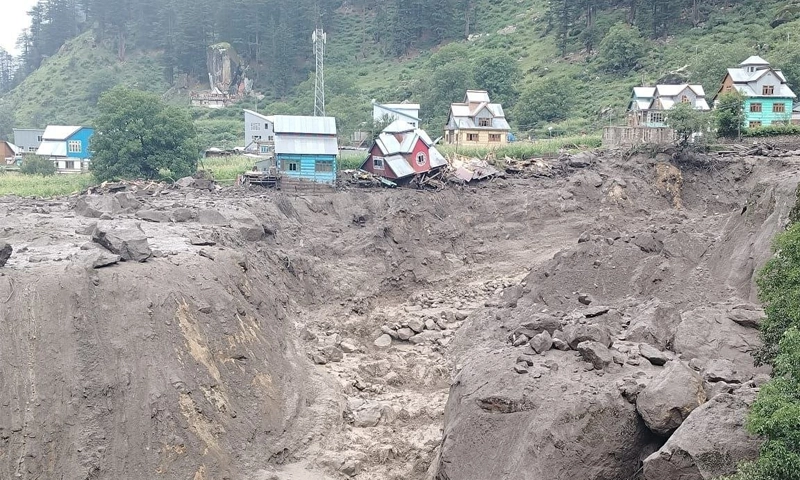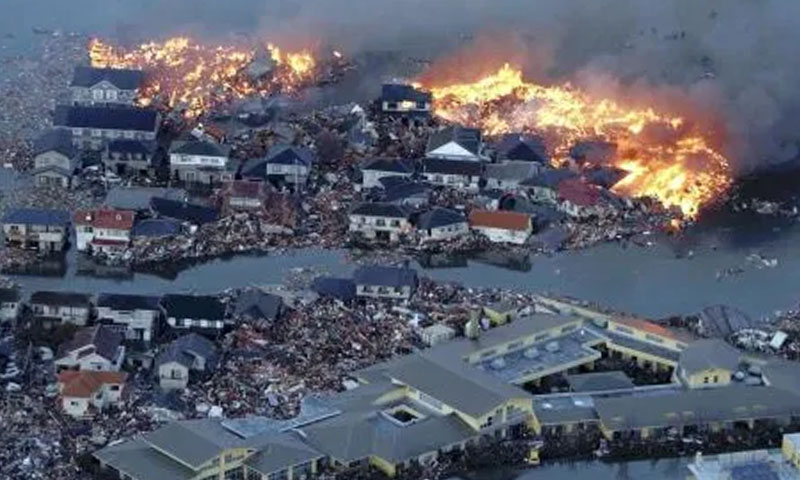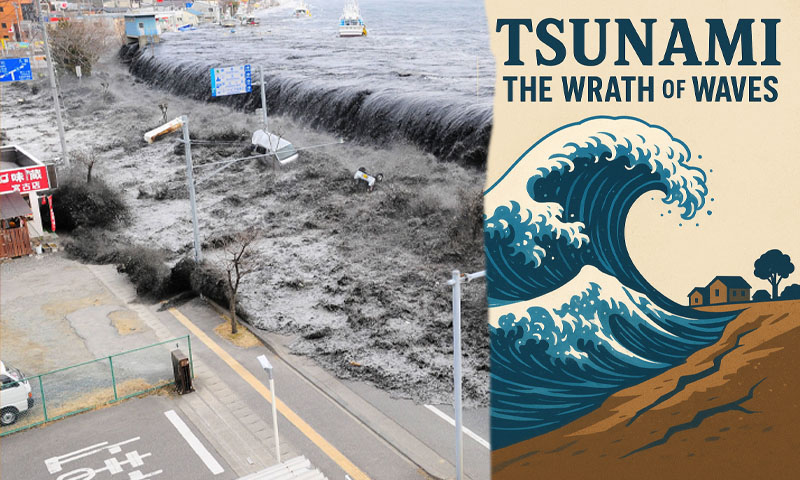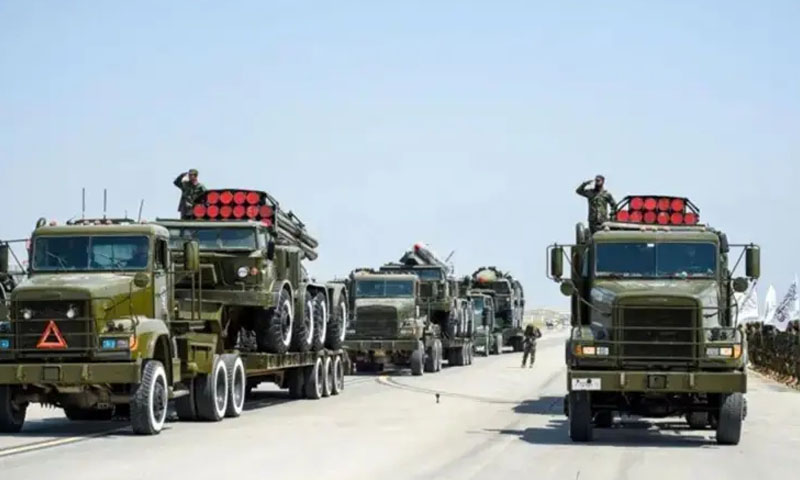- Web Desk
- 5 Hours ago
Flash flood claims at least 46 lives in Indian Occupied Kashmir, 200 missing

SRINAGAR: At least 46 people were feared dead and 200 missing following sudden, heavy rain that generated flash flood in Indian-held Kashmir, an official said on Thursday, which is described as a result of cloudburst.
“Death toll has increased to 46,” a top disaster management official Mohammad Irshad told AFP, adding “some people are missing but we can’t say how many.”
Irshad said 150 wounded people were also rescued from the disaster site, “50 of whom are severely injured”. All were sent to nearby hospitals.
Sushil Kumar, a resident of nearby Atholi village, told AFP: “I saw at least 15 dead bodies brought to the local hospital.”
Officials said a large makeshift kitchen where there were more than 100 pilgrims — who were not registered with local authorities — was completely washed away.
Read more: 100 missing, four dead as flash flood hits Indian village
“We have found 34 dead bodies and rescued 35 injured people,” said Pankaj Kumar Sharma, district commissioner of Kishtwar earlier. “There are chances of more dead bodies being found.”
“The news is grim and accurate, verified information from the area hit by the cloudburst is slow in arriving,” Omar Abdullah, the chief minister of India’s federal territory of Jammu and Kashmir, said in a post on X.
His office said he “expressed deep sorrow over the tragic cloudburst” in Kishtwar, and offered “condolences to the bereaved families”.
Visuals on television showed pilgrims crying in fear as water flooded the village.
Local TV channels said the flood water had washed away community kitchens set up for pilgrims.
CLOUDBURST
Rescue teams are likely to face difficulty reaching the area.
Roads had already been damaged by days of heavy storms. The area lies more than 200 kilometres from the (125 miles) from the region’s main city Srinagar.
A cloudburst, according to the Indian Meteorological Department, is a sudden, intense downpour of over 100 mm (4 inches) of rain in just one hour that can trigger sudden floods, landslides, and devastation, especially in mountainous regions during the monsoon.
The UN’s World Meteorological Organization said last year that increasingly intense floods and droughts are a “distress signal” of what is to come as climate change makes the planet’s water cycle ever more unpredictable.
It’s a developing story. Details to follow.





